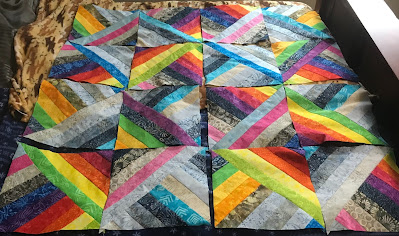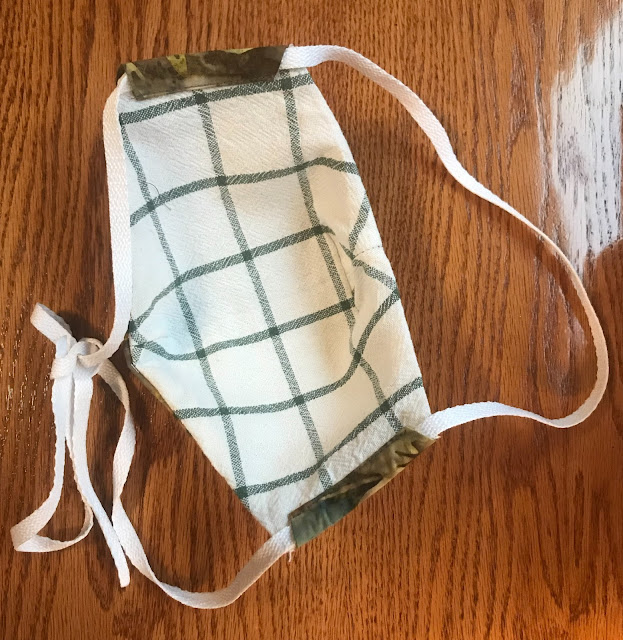This is the first of three new raised beds that I have planned. The old ones are in a location where I want to plant miniature fruit trees. They are eight years old, and the untreated fir wood is rotting, especially the lower planks.
This is part of my effort to build some gardening infrastructure for the future. These beds are three planks tall - about 18 inches. This height will be easier to garden as I age. I will have the beds far enough apart, that I can have a walking assist device or bench between the beds. Around the beds, I will have tree chip mulch. The construction is surprisingly easy. The corners are pre-cast concrete blocks with slots in the sides and a hole through the top. The hole accommodates a rebar, which is pounded into the ground to hold them in place a little better. The slots are made to fit a 2 x 8 plank. I bought 8 foot long planks, the length of the bed. For the width, I cut them in half, for 4 feet. I bought treated lumber, and will line with plastic.
After leveling the ground, I lined three sides with plastic, and removed one end to roll the wheel barrow into the bed to dump garden soil. When I get near completion, I will replace those planks and line the end with plastic before filling the end.
The bottom is lined with a re-used layer of hardware cloth. That wasn't big enough, so I added re-used chicken wire to make up the difference. I folded the chicken wire to double it. The purpose is to prevent tunneling animals from working their way up into the bed.
End removed to allow me to fill using a wheel barrow. When I'm ready, I can just slide the boards back into the slots.
I wanted to re-use soil from previous raised bed. That soil has received a lot of compost and some minerals over the years. The dimension is also nominally 4 feet by 8 feet. However, the concrete corner blocks actually increase the dimension. Instead of losing 2 inches each war from butting the corners together, there is about a 2 inch gap in the block, so 4 inches are gained at each corner. In addition, those old beds had sunk into the soil over time, so the height isn't as much. I bought a truckload of top soil. Combining the 1/2 yard of purchased topsoil with the existing soil from one bed, might fill that bed.
When this is done, I'll plant garlic in this raised bed. It's the only one that I am really motivated to complete before winter starts. The others can be done during the winter. My plan is, one for garlic, one for cucumbers, one for peppers. There will be room for some other plants. These are the main ones that benefit from raised beds in my garden.
































